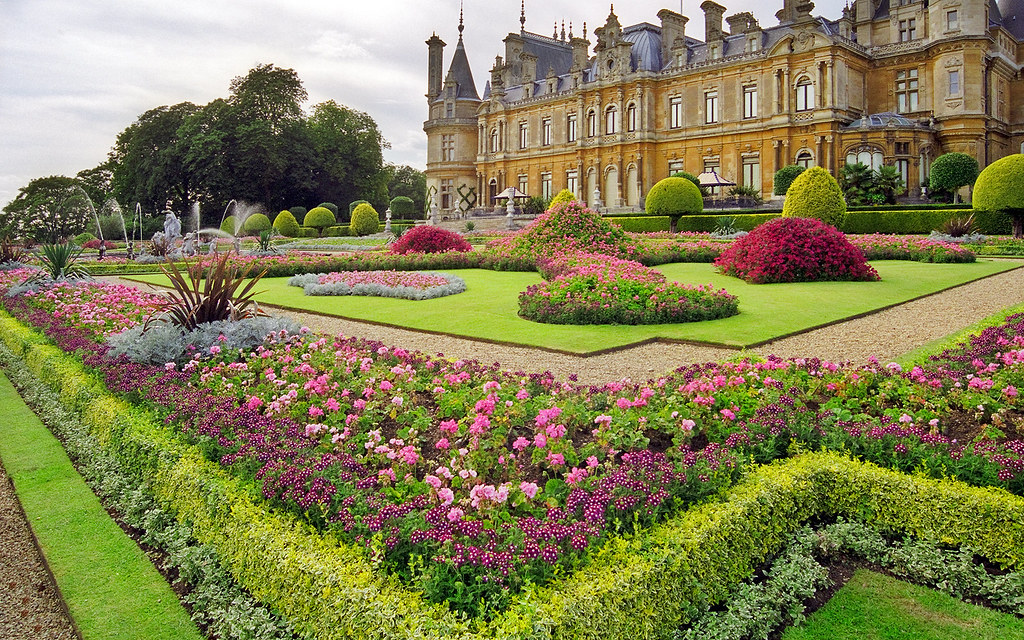In arts and crafts gardens specifically I love how Gertrude Jekyll 'painted' with flowers and made such beautiful painterly gardens. All of the gardens from her are absolutely beautiful and you can tell how much hard work was put into them to make them look this way. I also love how closely Lutyens worked with her. Although I am not very familiar with architecture, I can really tell from all of his designs that he put a lot of work into them and worked directly with Jekyll to place the buildings/houses in the right locations with the gardens.A few of my favorite by Jekyll are the Holy Island Lindisfarne because the colors are absolutely beautiful and you can just see how intricate the detail is in the planting. The manor garden also shows how beautiful Jekylls work is and how the flowers just seem to go together.
| Manor house |
| Lindisfarne |
Flowers and plants really just seem to liven up a garden and make it pop with color and excitement which is why I resonate so much with these arts and crafts gardens and specifically Jekyll's beautiful designs.
| Example of a beautiful arrangement of flowers by Jekyll |
For more practical information on arts and crafts gardens view my blog 9. Thanks for reading :)
Pictures:
http://www.gardenvisit.com/uploads/image/image/862/86228/holy_island_lindisfarne_jekyll_garden_original.jpg
http://im.ft-static.com/content/images/498add27-3762-4bdc-bdbe-049142f2e5c0.img
http://www.gertrudejekyllgarden.co.uk/images/pitch-4.jpg




